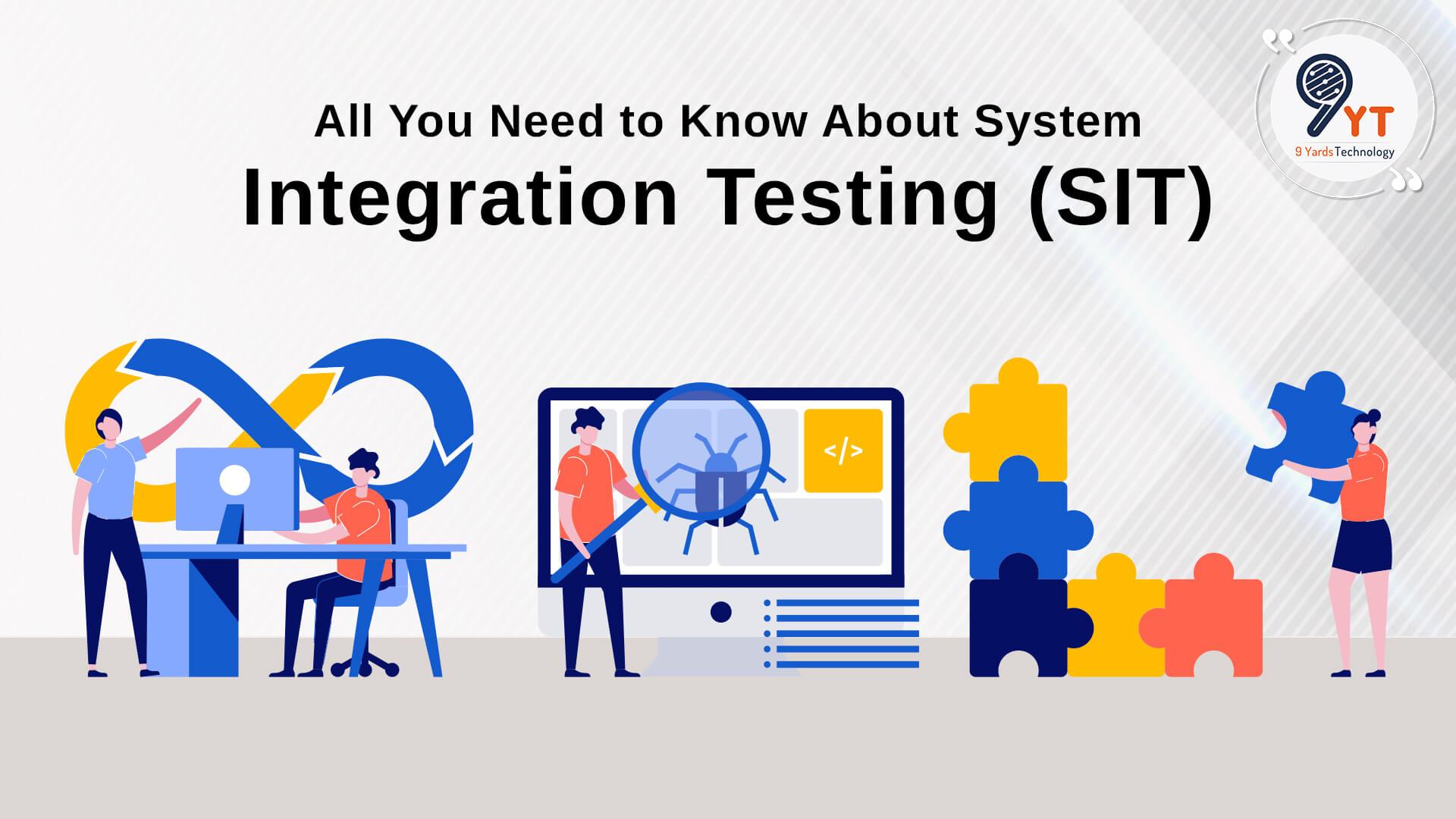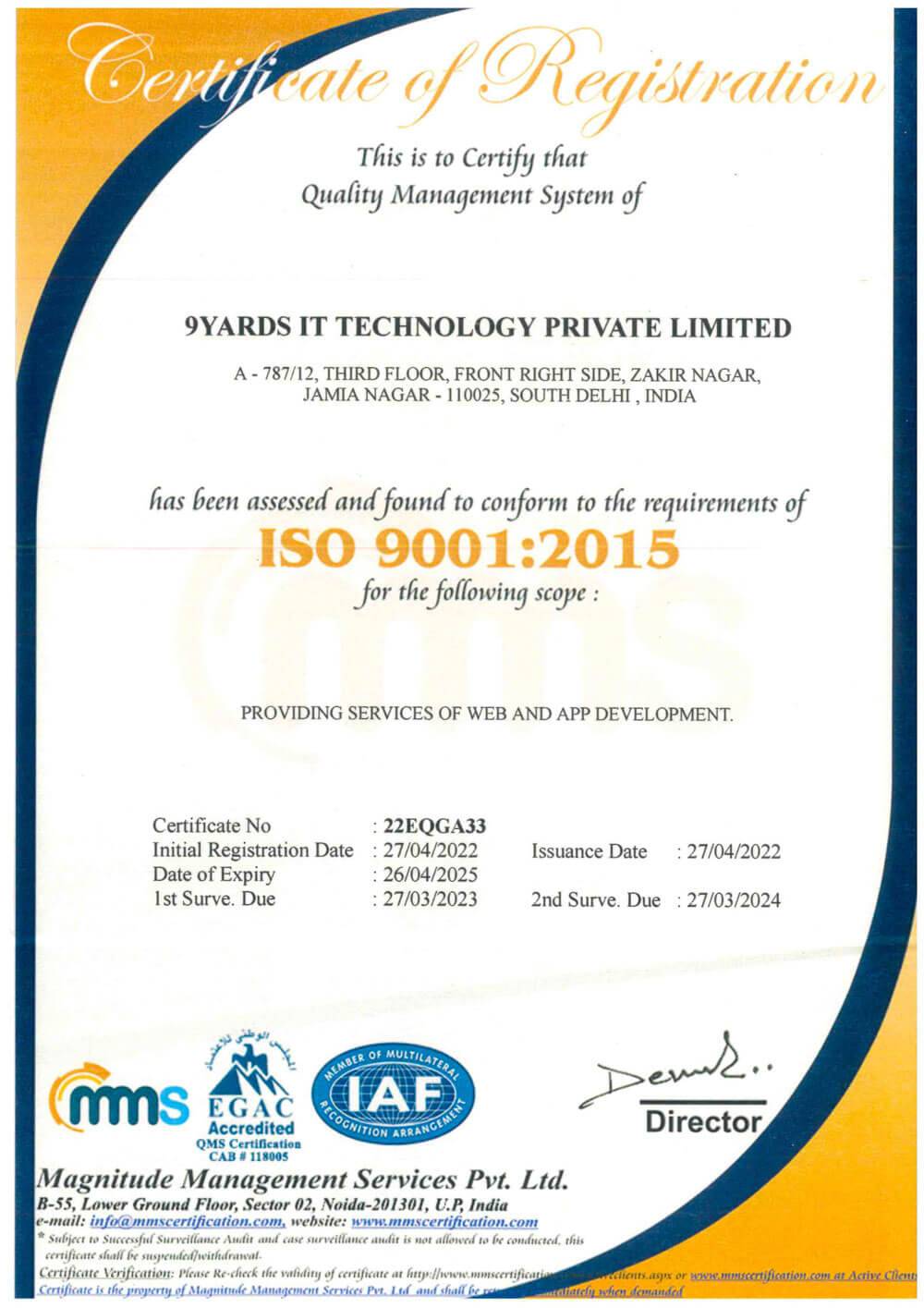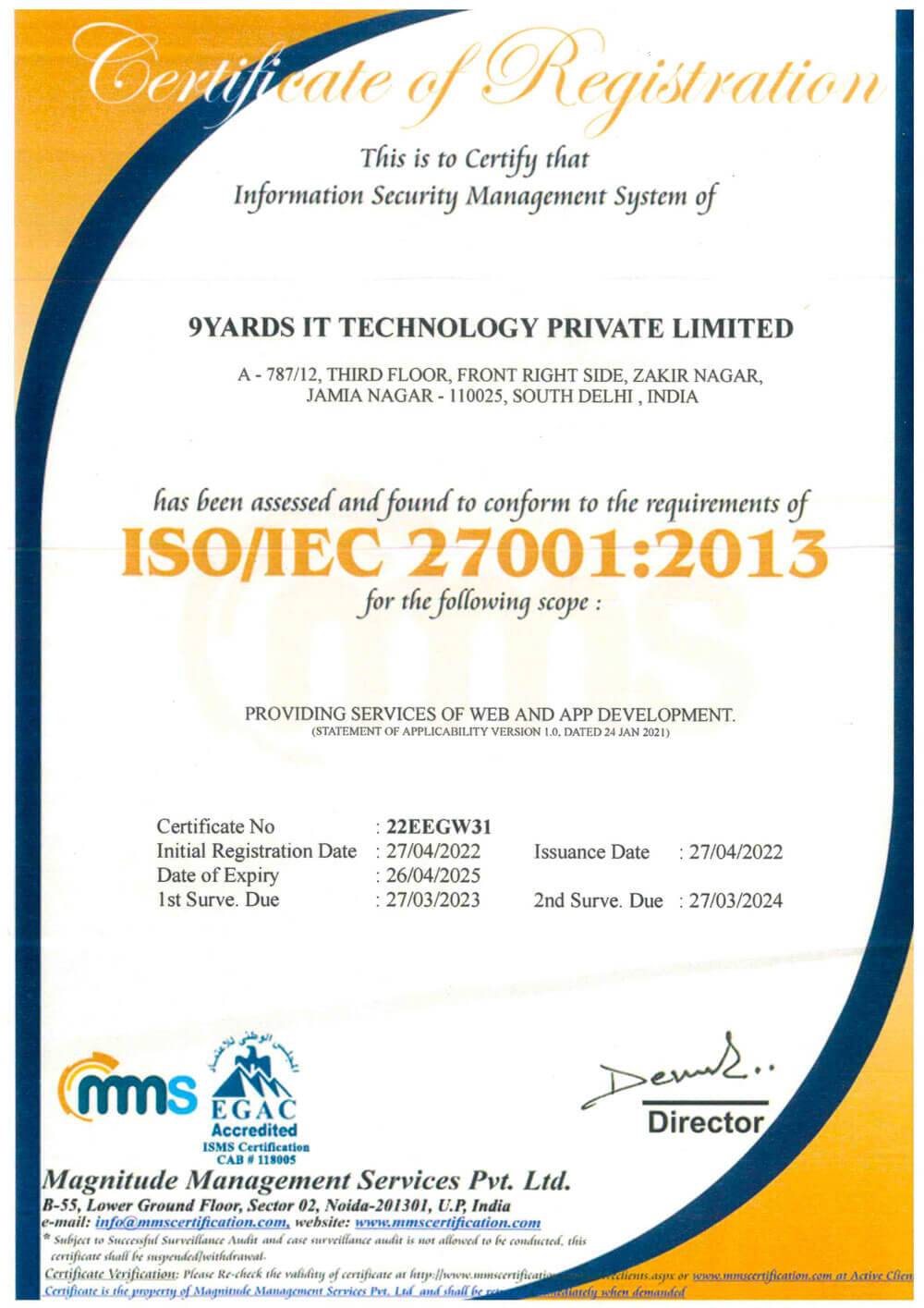A report published in Yahoo finance projects, the growth of automation testing services from USD 20.7B to USD 49.9B. The projected estimation is from the year 2021 to 2026, indicating exponential growth in the niche.
Software testing is inherent to the Software Development Life Cycle (SDLC) phase. The process involves product scrutiny to identify vulnerabilities that unscrupulous entities can exploit.
Automation testing and tools make the software stable and deliver an impeccable product. Let us find out how automation testing enhances the stability of enterprise IT solutions by manifolds.
Table of Contents
Why Go With Automation Testing Services? Reasons Briefed Below!
Going by World Quality Report 2021-22, 32% of the organization’s budget is on tools expenditure. Automation testing tools expedite the platform scrutiny procedures, leading to faster product deployment.
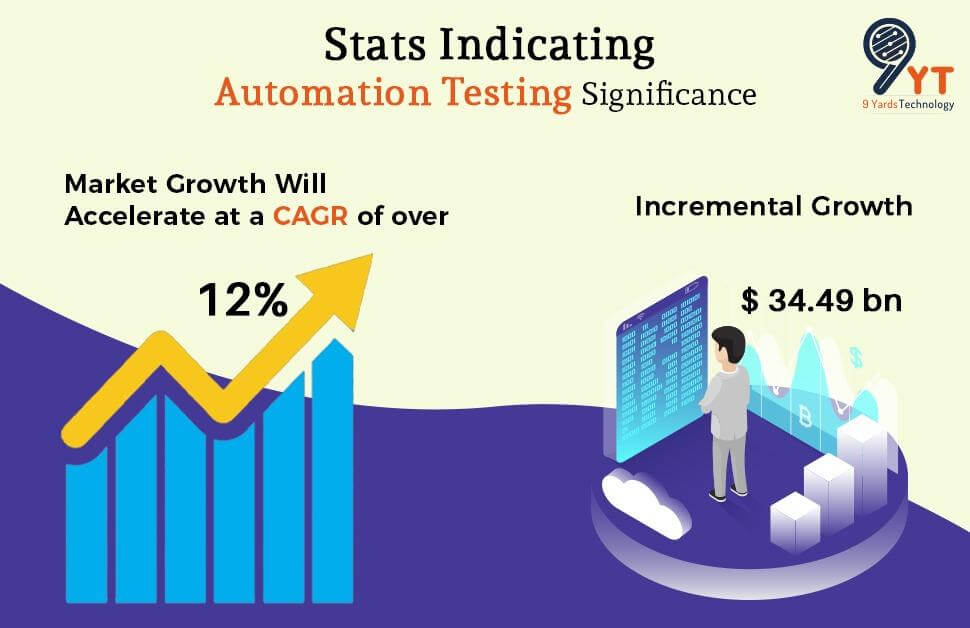
Let us skim through why it’s prudent for you to go with automation testing.
1. Automated Tools
There are 2 approaches for software scrutiny that include Manual testing and Automation testing. However, the latter has gained popularity over time due to its execution speed and high accuracy.
Automation tools like Selenium, Appium, Katalon Studio, and many others have a high significance in enhancing product stability. The tools’ speed and test coverage are their USPs.
2. Better Quality Products
Performing enterprise test automation leads to an efficient and stable product, increasing quality. Automation testing ensures running a full test coverage in a short period. This results in scrutinizing the product without leaving a stone unturned.
Automation testing can identify vulnerabilities that a manual tester may not come across. Therefore, the testing process ensures a product of high quality.
3. Faster Deployment
The scrutiny spectrum is widened with automation testing, but the procedure happens fast. Testing, a crucial SDLC phase ensuring quality products, executes quickly due to automation.
Automation testing leads to quick product deployment without compromising on the test coverage and quality. The on-time product delivery benefits all the concerned parties.
4. Client Satisfaction
Accurate product scrutiny is the hallmark of automation testing services. Every aspect of the product goes through thorough checks to deliver a robust product to the client. The time taken to test the software product is significantly less than manual testing.
This saves crucial time in the testing cycle resulting in making the SDLC more efficient. Since the processes involved are interlinked, the product deployment happens fast, leading to high customer satisfaction.
Automation Testing Tools Boosting Business Software Stability!
The automation testing procedures have become sophisticated over some time. It involves using testing tools executing scrutiny procedures with the help of an in-built framework.

There are various testing tools, and each one has its USP. So let us try and understand these most commonly used tools.
1. Appium
Appium is an automated testing tool for scrutinizing mobile applications. The testing tool can function on all operating systems: Windows, Mac OS, or Android. It is open-source, meaning you can tweak it as per the needs.
Appium has a responsive and lively community resulting in faster bug reports & easier troubleshooting.
2. Katalon Studio
Automation testing using Katalon Studio(KS) has become a pleasure. The simple GUI lets you create automation tests quite easily. Therefore, you do not need any prior programming experience.
Katalon Studio uses Selenium Core libraries. Therefore, if you already know Selenium, using KS will be quite easy.
3. Selenium
Using Selenium, you can remove bugs from web-based applications easily. Selenium captures 47.26% of the testing market share, according to Slintel.com. Therefore, you can say that the tool is a force to reckon with.
In addition to this, the tool makes automating test cases across different platforms easy! Selenium is easy to understand and open-source.
4. TestComplete
TestComplete is a functional testing tool helping create powerful and reusable automated tests for desktop, web, and apps. The testing tool performs all the tests automatically. This reduces your workload of performing the tests repeatedly manually.
It automates UI testing across a wide range of desktop applications including .Net, Java, etc.
5. Cypress.io
Cypress.io is an amazing automation tool for performing impeccable regression testing. The tool ensures automation in end-to-end user testing. The tool automatically reloads on making changes to your tests with real-time reloads.
Also Read: Android VS iOS – Which App Platform Is Best For Your Business in 2022?
Check Out Automation Testing Working Briefed Concisely!
When it comes to scrutinizing platforms accurately and in a limited period, then automation testing is non-negotiable. Automation testing has a track record of quick bug identification and vulnerability assessment.
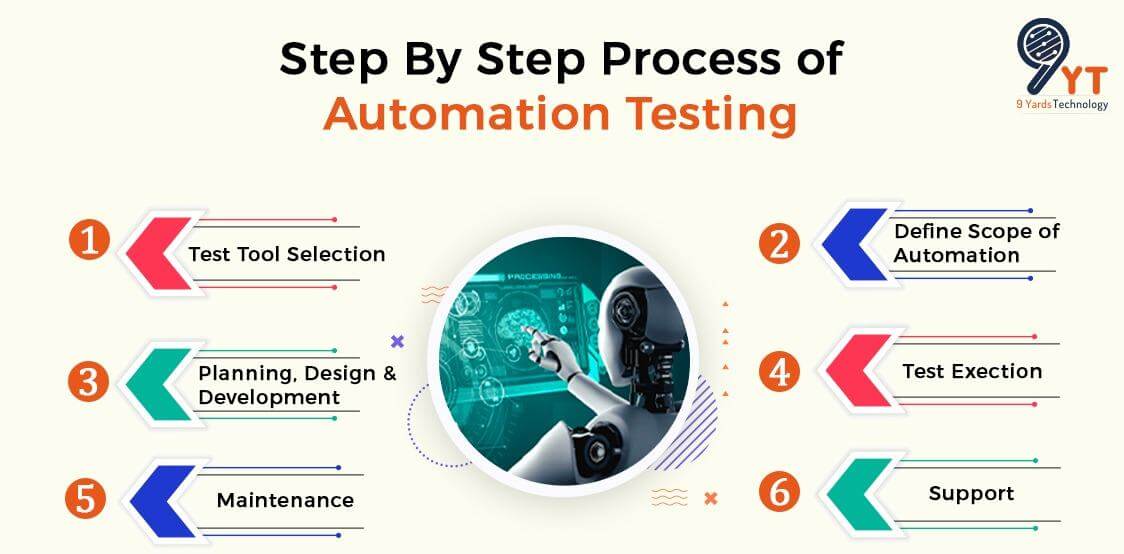
Let us now understand in brief how the automated scrutiny mechanism works to deliver flawless products.
1. Test Tool Selection
Initiating scrutiny procedures requires selecting optimal testing tools. The tools will be decisive in conducting tests accurately, covering every scope. Let us consider the points mentioned below before choosing the right tool.
- Is maintaining scripts and tools is easy or not?
- Does it function on different platforms viz. Web, mobile, desktop, etc.?
- Do the tools have test reporting?
- How many different tests can the tool support?
- Does the tool support multiple languages or not?
2. Defining Scope Of Automation
In this phase, the scope definition of the test takes place. It refers to the coverage and the boundaries of the tests. Therefore, you need to make sure which test cases need automation. To do so, you must keep the following points in your mind.
- Scenarios having large data
- Test cases having common functionalities across platforms
- Is it technically feasible?
- Extent of re-usage of business components
- Test Cases complexity
3. Planning, Designing & Development
It’s crucial that testing incorporates the 3 elements viz. Planning, Design & Development.
- Developing Test Cases: Large tests are quite complex proving to be difficult to edit & debug. Therefore, breaking them into simpler, logical, and smaller tests becomes prudent.
- Developing Test Suites: Test suites ensure test cases run one after the other without manual intervention. You can achieve this by having a test suite comprising multiple test cases, libraries, and command-line tools.
4. Test Execution
Automation scripts execute in this phase. Executions happen by deploying a variety of tools.
5. Maintenance
Maintenance is non-negotiable to improve test effectiveness.
Why Automated Testing Has Higher Preference Than Manual Testing?
Software testing over a period of time has shown that it is an indispensable part of SDLC. With the introduction of automated testing procedures, manual testing has taken a back seat. This is because automation testing deploys advanced tools which have greater accuracy and test coverage.
However, manual testing still exists as it is economically viable and optimal for fixed-cost projects. This is why it becomes quite important for you to understand the comparison between the two. In the table below, we’ve listed some parameters and drawn a comparison between Manual and automation testing.
1. Features
- Manual Testing
- Automation Testing
2. Accuracy & Reliability
- Low accuracy as manual tests involves the human element.
- High accuracy because of tools and scripts.
3. Time Required
- Completion time is more.
- Time to complete the tests is significantly less.
4. Investment Cost
- ROI is low
- ROI is high
5. Usage
- Optimal for Exploratory, Usability & Adhoc Testing
- Optimal for Regression, Performance & Load Testing.
6. Human Element
- The tester must have a keen eye to identify a bug.
- Human observation is required less since scrutiny is automated.
7. Customer Experience
- Testing improves the overall experience.
- Automated Testing is quick & product deployment is faster.
The table above indicates automated testing has the upper hand. This is because of faster deployment and impeccable platform delivery. Therefore, automation testing is the go-to service if you want to get your platform scrutinized.
Having a wide array of tools like Selenium, Katalon Studio, TestComplete, Appium, etc. gives automation testing an edge. It shows the flexibility of choosing an optimal testing tool for executing perfect scrutiny.
2021 Trends Of Automation Testing Services Packing A Punch!
The stat cements the future of automation testing is bright. The projected CAGR between the period 2020 and 2024 is over 12%. Therefore, automation testing has a huge scope in the near future.
It becomes important for you to understand the trends that will be enhancing the domain. Some of the trends are listed below, which you must glance.
1. Codeless Test Automation
As the name suggests, the scrutiny procedure doesn’t involve writing codes in test cases. This is a boon for those who don’t have coding proficiency but want to test the software platform.
Codeless testing tools incorporate object, data, model, keyword methods to craft tests. The tools are easy to use, enabling testers to perform scrutiny without a hitch.
2. Artificial Intelligence (AI) In Testing
AI and Machine learning are the upcoming technologies impacting every domain of the IT industry. AI has given an impetus to automated software testing, enhancing its capabilities.
Through repeated bug identification of various kinds, AI-powered automated software testing expedites scrutiny.
3. Resilience Testing
The testing process sees how the platform performs under stress. It records the changes of the platform during stress. Software in real-life conditions will face uncertainty. Therefore, resilience testing is a decisive tool.
It will give you actual feedback on how the platform will perform in the real world. There are multiple tools available for chaos testing. Some of the tools available are Simian Army, Gremlin, Chaos Blade, etc.
4. Test Process Improvement (TPI)
Automation testing is all about improving the overall operational experience of the platform. It’s done with the intent so that you don’t have to face glitches while using the platform.
TPI overhauls the redundant testing strategies, replacing them with newer and efficient ones.
10 Benefits Of Codeless Test Automation Tools You Must Know!
People, in general, avoid coding, and therefore to test the software, they prefer codeless testing tools. We have listed some benefits that will make you adopt codeless test automation tools. Go through the engaging brief below.
1. Minimum Coding Skills Required
Basic coding knowledge is more than enough since the tools will be taking care of testing. The scripting part will be taken care of by the automation tool itself.
2. Usage By Stake Holders
The stakeholders find the test cases comprehensible. Since a complex coding structure is absent, it is easy to understand the test cases.
3. Time Efficiency
The overall time taken to perform platform scrutiny reduces significantly. This means scripts for test cases, framework creation, and training team takes less time.
4. Easier Maintenance
With automation testing tools, maintenance is simple. Testsigma includes features like ‘self-healing’ in which failed cases are automatically corrected.
5. Cross Browser & Cross-Platform Support
Codeless automation tools can run on any browser. Such tools are not browser or platform-specific, meaning they have immense flexibility.
6. Reliability
The test cases created using codeless test automation tools are highly reliable. Such tools have a structured architecture & reusability is the key element.
7. Reusability
The generic test steps in test cases are made reusable. These steps can become functional elsewhere. It reduces the period of the testing process by manifolds.
8. Better Reporting
The reporting experience enhances with codeless test automation tools. Reporting becomes simple as compared to scripting the code ourselves.
9. Best Bet In An Agile Environment
The agile environment has a fast pace of development and deployment. Therefore, codeless automation tools fit such methodology where time is of the essence.
10. Better ROI
ROI is quite significant for any entity, whether client or service provider. Codeless automation tools guarantee great ROI.
Wrapping It Up!
The piece illuminates how automation testing services will provide reliable stability to business solutions. In addition to this, the 2022 trends of automation testing will apprise you of the latest happenings.

9Yards Technology has carved a niche for itself worldwide by arming incubators and Fortune 500 companies with disruptive IT solutions. We’re a force to reckon with for tailored web/mobile app development and rigorous software testing. Our presence knowns no bounds with a diverse clientele in the US, UK, India, etc. We’ve 100+ dedicated techies who have successfully delivered to 250+ clients without a hitch.



